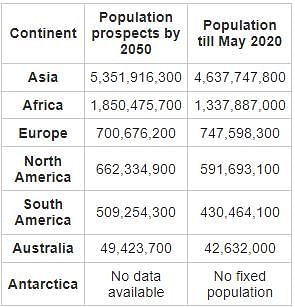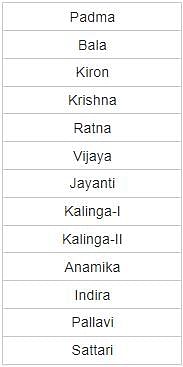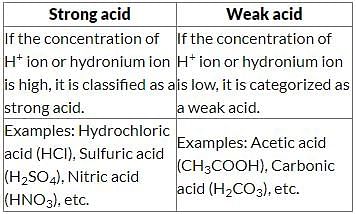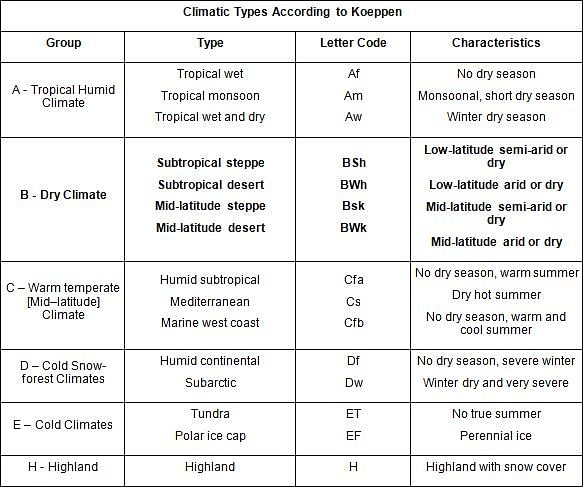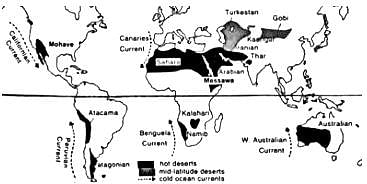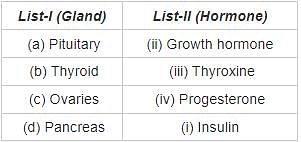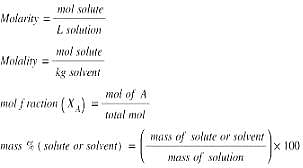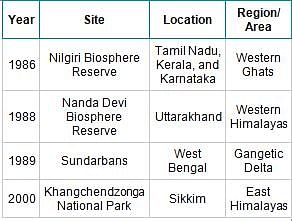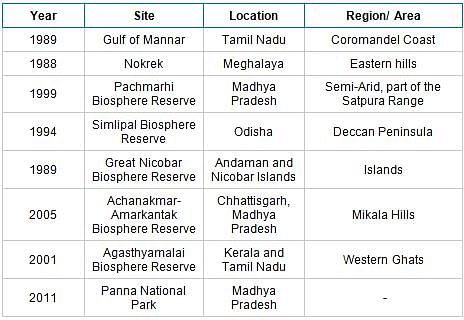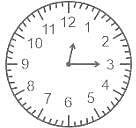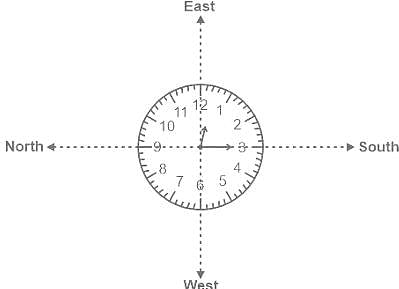BPSC Prelims Mock Test - 5 - BPSC (Bihar) MCQ
30 Questions MCQ Test BPSC Prelims Mock Test Series & Past Year Papers 2024 - BPSC Prelims Mock Test - 5
One of the most famous and oft-illustrated paintings of Bodhisattva Padmapani at Ajantha represents:
Which one of the following was not an aim with reference to the Individual Satyagraha ?
| 1 Crore+ students have signed up on EduRev. Have you? Download the App |
In which of the following continent are the 6 most populated countries located?
The Council of Ministers is collectively responsible to which of the following?
Which among the following does not perform photosynthesis?
The magnitude of the buoyant force depends on the _______ of the fluid.
Which of the following substances can be used for identifying an acid solution?
After increasing the selling price of an article by 25%, the new price of the article becomes Rs. 250 . Now a discount of 25% is offered on the new price. What would be the profit or loss in percentage on the original price.
In which country, the Pegasus spyware has been developed?
Who was the first person from Bihar to receive the Jnanpith Puraskar?
The tomb of Malik Ibrahim is situated at which of the following place in Bihar?
Who among the following rulers issued "Infallibility Decree"?
Consider the following:
- Kol Rebellion
- Santhal Hul
- Munda Ulgulan
Arrange the above in chronological order
Consider the following:
- Subtropical steppe
- Subtropical desert
- Mid-latitude steppe
- Mid-latitude desert
Above climatic types comes under which type of climatic group?
Which of the following statements regarding the Finance Commission is incorrect?
Which type of inflation does appear in an economy when money supply exceeds the available goods and services?
Match List-I with List-II and select the correct answer using the codes given below:
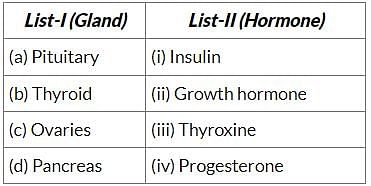
Infrared, visible and ultraviolet radiations /light have different properties. Which one of the following statements related to these radiations/lights is not correct?
Which of the following terms representing the concentration of a solution does not depend on temperature
With reference to the 2011 census, what is the female literacy rate of Bihar?
Match List - I with List-II and select the correct answer using the codes given below the lists:
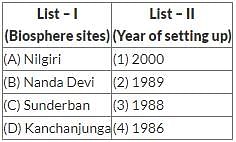
The time in a clock is quarter past twelve. If the hour hand points to the east. Which is the direction opposite to the minute hand?
What is the rank of Bihar in terms of providing electricity to urban areas, revealed from the ranking and ratings of power companies across the country?
Recently Amolops Siju was in news, it is related to which of the following?
Which of the following is set to launch the AI language model LLaMA?
Health Ministry launches nationwide campaign to combat filariasis Including Bihar and other states. What is the target year to eliminate filariasis?
|
3 docs|29 tests
|
|
3 docs|29 tests
|


